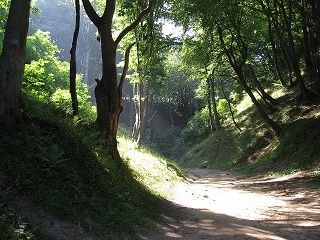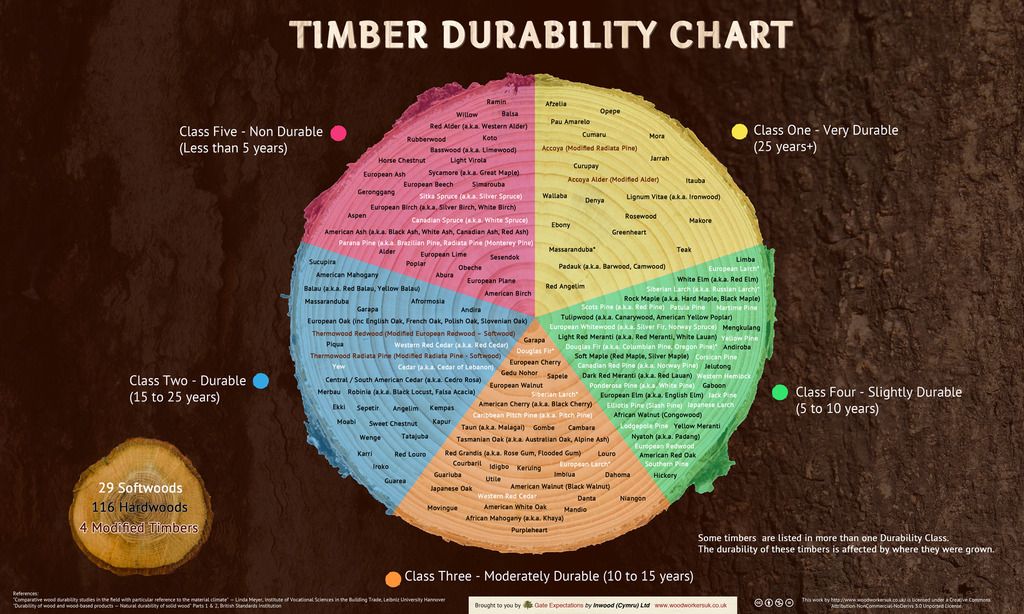From Guest Blogger Rob in the UK: Wood Durability & Making Wood A Green Source

Illegal logging and slash and burn style clearing means mis-management of wood stocks – and that is damaging the environment, now and in the future. When managed properly timber is naturally a very sustainable source of material and fuel.
Durability As A Mindset
Wherever you’re reading this, there’s probably some wood nearby. Do you know where it comes from, or how long it will last? The modern consumer has vast knowledge at their fingertips, whenever they ask for it, online – but Gate Expectations by Inwood found a small gap in that knowledge when it comes to timber. Anyone building a house, doing some repairs, DIY or choosing some indoor or outdoor furniture, will, knowingly or not, have to choose the type of wood they’d like to use. If they knew how long it would last, versus other timbers, they might make that decision differently.
Enter the Wood Durability Database, a simple table that lists timbers by durability category. There’s a chart too, which makes it easy to pick out tree names.
Choosing wood from sustainable sources is one of the best ways to ensure a better general future. If the timber is durable, it’ll last longer in its final form, meaning fewer trees have to be felled to replace it. It’s a simple concept, but one that consumers must have as a mindset if this knowledge is going to make a difference.
Durable Timbers As Fuel
Obviously some timbers burn more easily than others but no species that are on the endangered species list should ever be used as a popular fuel. The species that are naturally more durable tend to have a more balanced felling/planting ratio, hence these type of woods should really be used as fuels as they will put less strain on the stock and conservation status of the wood.
Woods that are currently well forested should be considered as fuels over the woods that are or have been previously endangered, this will help the earth maintain a greater proportion of forest areas across the earth.
A Question Of Ecosystems?
If some woods maintain a positive felling/planting balance more easily than others then shouldn’t we just sustainably forest these woods and let the other woods decline naturally? Well, this could be viable if we were purely thinking about human consumption. Each tree species, however, plays a unique and equally important role in ecosystems around the world.
To let specific tree species fall into decline would be to let many insects, mammals and birds to fall into decline also, this could have a catastrophic effect on the balance on worldwide ecosystems and food chains. Different timbers also have unique construction properties and some may even have medicinal properties that haven’t yet been discovered, meaning we should obviously try and maintain every timber species for as long as possible.
Getting knowledge out to anyone who considers these decisions and how they affect the wider world, or inspiring people to care more about this sort of thing, is something we should all think about.

